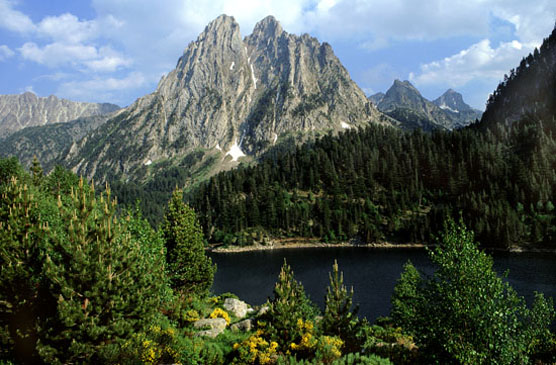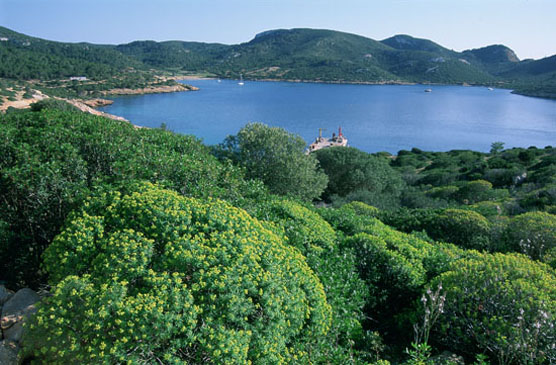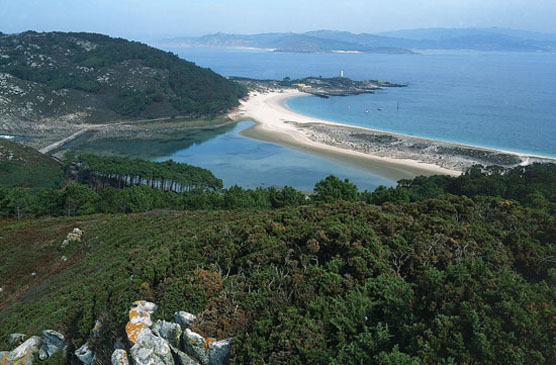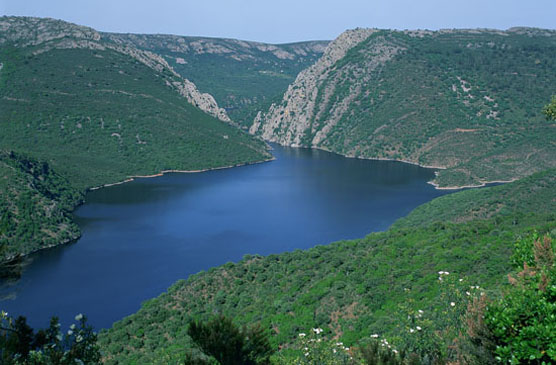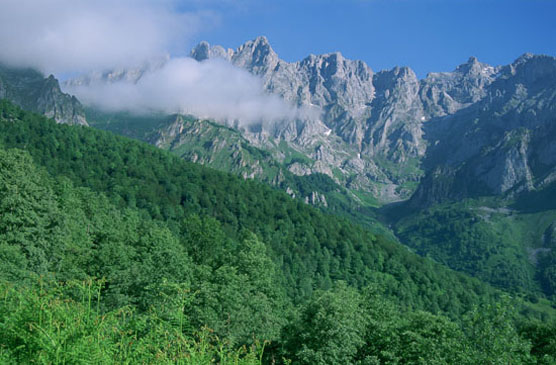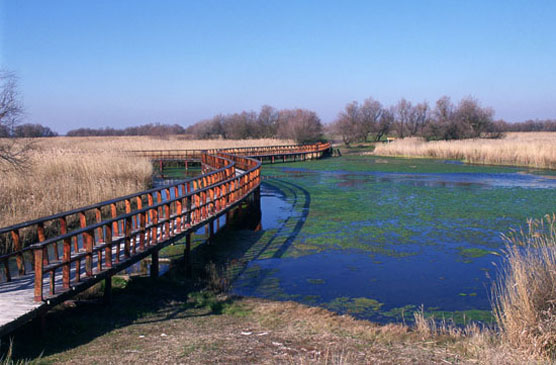Environmental Profile of Spain 2007, Indicator-based Report (NIPO: 770-09-153-0)
As in the three previous editions, the main aim in producing the Environmental Profile of Spain 2007 – Indicator-based Report, has been to disseminate information about the current state of the environment in this country and the main factors that condition it. It is the first national indicator-based environmental report.
The three main objectives can be summarised as follows:
- Present an overview of the environmental situation in Spain, provide a break-down by Autonomous Community, and compare the data with the rest of the European Union (EU).
- Contribute towards monitoring of sectoral and integration policies.
- Monitor changes in the environment through a series of indicators.
This edition essentially employs the same structure and set of indicators as previous reports, although some modifications have been made as a result of the experience gained so far, changes in the environmental circumstances in this country, the emergence of new trends in information dissemination, and the obligation to comply with certain information requirements.
It is possible to buy copies of this report through the Ministry publications store online.
0. Introduction and Summary
1. Marco General
- Natural environment: river network
- Economy 2005-2006
- Population
- Social welfare
- Public participation
2. Indicators: Areas and Sectors
-2.1 Air
- Atmospheric emissions of greenhouse gases (GHGs)
- Atmospheric emissions of acidifying and eutrophying gases
- Emissions of tropospheric ozone precursor gases
- Regional background air quality (health and vegetation protection)
-2.2 Water
- Water consumption
- Reservoir water levels
- Brackish and sea water desalination
- Nitrate pollution of groundwater
- Salinisation of groundwater bodies
- Organic pollution of rivers
- Urban waste-water treatment
- Coastal bathing water quality
-2.3 Land
- Changes in land cover: artificial surfaces
- Area developed on the coast
- Area affected by erosion
- Area at risk from desertification
-2.4 Nature & biodiversity
- Protected areas
- Forest defoliation
- Forest ecosystems
- State of conservation of Spanish wildlife species
- Environmental monitoring
-2.5 Waste
- Urban waste generation
- Urban waste management
- Paper-cardboard recycling
- Glass recycling
- Packaging waste recycling and recovery
- Sewage sludge production and use
-2.6 Agriculture
- Fertiliser consumption
- Phytosanitary product consumption
- Organic farming
- Irrigated area
- Eco-efficiency in agriculture
-2.7 Energy
- Primary energy intensity
- CO2 emissions intensity
- Renewable energies
- Eco-efficiency in the energy sector
-2.8 Industry
- Atmospheric emissions by industry
- Energy consumption by industry
- Waste generation by industry
- Total Material Requirement
- Number of industrial enterprises with Environmental Management Systems (EMAS)
- Eco-efficiency in industry
-2.9 Fishing
- Number of vessels and fishing fleet capacity
- Fishing fleet catches
- Aquaculture production
- Eco-efficiency in the fishing and aquaculture sectors
-2.10 Tourism
- Number of foreign tourists per resident
- Number of foreign tourists per kilometre of coast
- Tourist Population Equivalent (TPE) compared against resident population
- Number of visitors to National Parks
- Rural tourism: accommodation, capacity, tourists and overnight stays
-2.11 Transport
- Total inter-city transport volume: modal distribution
- Atmospheric emissions of pollutants by transport
- Air transport
- Waste generated by transport: End-of-Life Tyres (ELTs))
- Bio-fuel consumption
- Motorisation and accident rate
- Eco-efficiency in transport
-2.12 Households
- Number of passenger cars per household
- Urban waste production per household
- Energy consumption per household
- Emissions of CO2 by the residential sectorr
- Water consumption per household
- Gross disposable household income
- Eco-efficiency in the domestic sector
-2.13 Urban environment
- Urban pressure on land
- Air quality in the urban environment
- Environmental noise
- Architectural heritage of Spain’s cities
- Local mobility and passenger transport
- Sustainable Local Development: towns and cities registered with the ‘Network of Networks’
-2.14 Natural and technological disasters
- Deaths due to natural disasters
- Drought periods
- Forest fires
- Road and rail accidents causing possible environmental damage
- Oil spills due to maritime accidents
- Discharges of dangerous chemical substances due to industrial accidents
3. Autonomous Communities: Basic Data
4. Appendices
- List of acronyms, abbreviations and units
- Thematic index of indicators
- Alphabetical index of indicators
- EIONET representatives and consultants and other experts who have contributed to this document
